$46.97 Original price was: $46.97.$32.88Current price is: $32.88.
SKU: D2LSC 506124900 Categories: GROUNDCOVER PLANTS, Groundcover Plants
- Quality that lasts, prices that don't.
- Experience the difference quality makes.
- Satisfaction Guaranteed
- 100% High Quality Guarantee

Pine Knot Select Strain Helleborus
Helleborus ‘Pine Knot Select’
Other Names: Pine Knot Select Strain Lenten Rose
Plant Details
USDA Plant Hardiness Zones: 4a-9b – Find Your Zone >
Plant Type: Evergreen Perennial
Height at Maturity: 18″
Width at Maturity: 18″+
Spacing: 18″ for mass plantings, 36″+ for space between plants
Spacing: 18″ for mass plantings, 36″+ for space between plants
Growth Habit / Form: Upright, Spreading, Clump
Growth Rate: Moderate
Flower Color: Yellow, Pink, White, Green, Red or Purple shades, and many combinations of multiple shades
Flower Size: Large, 3″
Flowering Period: Mid to Late Winter to Mid or Late Spring
Flower Type: Single
Fragrant Flowers: No
Foliage Color: Green shades
Fragrant Foliage: NA
Berries: NA
Berry Color: NA
Sun Needs: Part Shade to Full Shade (avoid direct afternoon sun)
Water Needs: Average to Low when established
Soil Type: Clay (amend heavy clay to ensure good drainage), Loam, Sand, Silt
Soil Moisture / Drainage: Moist But Well Drained
Soil pH: 5.5 – 7.5 (Acid to Slightly Alkaline)
Maintenance / Care: Low
Attracts: Butterflies, Visual Attention
Resistances: Cold Temperatures (-30F), Deer, Disease, Heat, Insect, Rabbit, Deep Shade, Slug
Description
As the name implies, Pine Knots Select Strain Helleborus is a strain, which means it can produce a marvelous variation in flower size, color and forms. The flowers can be single or double and appear in never-before-seen color combinations of yellow, pink, white, green, red or purple. Basically, you never know what you’re going to get, and that’s why we love it so much! As with other Lenten Roses, the long-lasting flowers of Pine Knot Select bloom over a long period beginning mid to late winter and continuing through early to mid spring. Cut flowers can last for weeks in a vase or floating in a bowl of water, which makes a great centerpiece for the kitchen or dining room table during the winter and early spring when not much else is blooming. Averaging about 18 inches tall and 2 feet wide or so, these super-hardy evergreen winter-blooming perennial plants are ideal for use as a specimen in smaller garden spaces or in groupings in larger shade gardens or woodland borders and home foundation plantings. Perfect under the canopies of large trees or anywhere that doesn’t get too much direct afternoon sunlight. Extremely easy to grow, Hellebores stand up to heat (Zone 9), humidity, cold (-30F), and drought when established. Over the decades we’ve been growing them in our gardens, we’ve seen no insect or disease problems and the deer and rabbits leave them alone. Needless to say, we think Helleborus deserves a spot(s) in every garden where it will grow. USDA Plant Hardiness Zones: 4a-9b – Find Your Zone
‘Pine Knot Select Strain’ is a selection of unbloomed seedlings in mixed colors of the best single and semi-double hybrid hellebores which have been developed by Judith and Dick Tyler of Pine Knot Farms in Clarksville, Virginia
Landscape & Garden Uses
Averaging 18 inches tall and and about 2 feet wide over time, the Pine Knot Select Strain Helleborus is ideal for use as an accent, in groupings, massed as a groundcover in landscape borders, or as a border along walkways and paths. They are perfect under large shade trees, decks, covered porches and any other shady location. Don’t think you have any shade? Look on the east side of your home. Also nice in pots, planters and other containers and a fine addition to shade and woodland gardens.
Suggested Spacing: 18 inches apart for mass plantings; 3 feet or more apart for space between plants
How To Measure Total Square Feet Of A Planting Area
How Many Plants Needed To Cover A Planting Area?
Growing Preferences
Pine Knot Strain Helleborus is very easy to grow in most any moist but well-drained soil of average fertility and part shade to shade. Though Helleborus will tolerate mostly sun in cool-summer climates, we think they look and perform their best with part shade to full shade, which makes them perfect for planting under tall decks and large shade trees. Morning and/or evening sun or all-day filtered sun is fine. Direct afternoon sun, especially in USDA Zones 8 to 9, is not suggested. Plant with the top of the root ball even with ground level. Care and maintenance are minimal. Feed in spring with an organic plant food.
Plant Long & Prosper!
Meet The Wilson Brothers & Staff
Questions? Contact Us!
Be the first to review “Pine Knot Select Strain Helleborus (Lenten Rose) – 1 Gallon Pot” Cancel reply
Related products
Sale!
GROUNDCOVER PLANTS
Sale!
Groundcover Plants
Variegated Creeping Fig – Ficus Pumila ‘Variegata’ – 5 Pack Of Pint Pots
Sale!
Groundcover Plants
Sale!
Sale!
GROUNDCOVER PLANTS
Sale!
Groundcover Plants
Sale!
12 Inch Or Taller Groundcovers
Sale!
GROUNDCOVER PLANTS









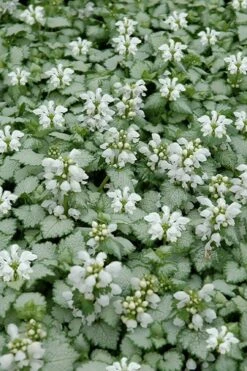
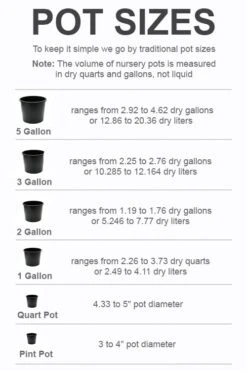
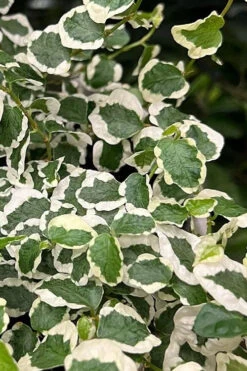
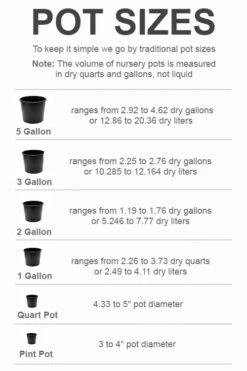

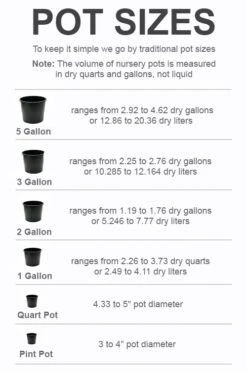


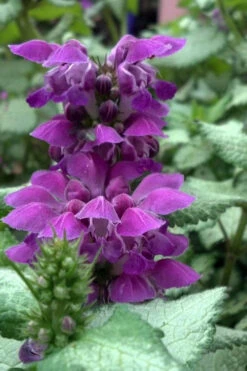
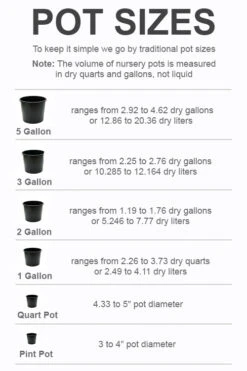
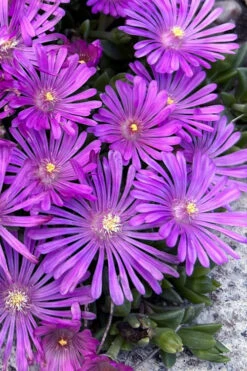
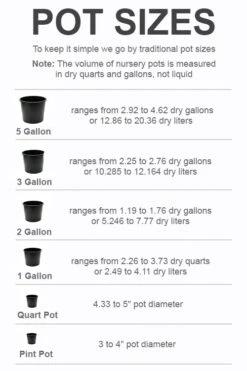
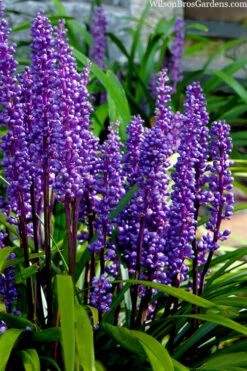
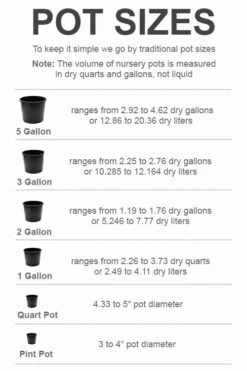
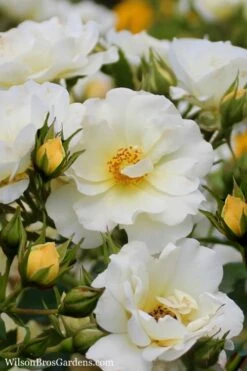
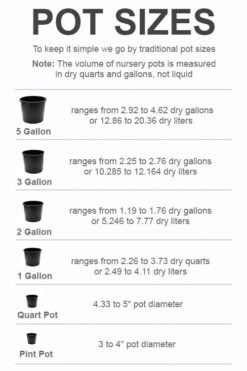
Reviews
There are no reviews yet.